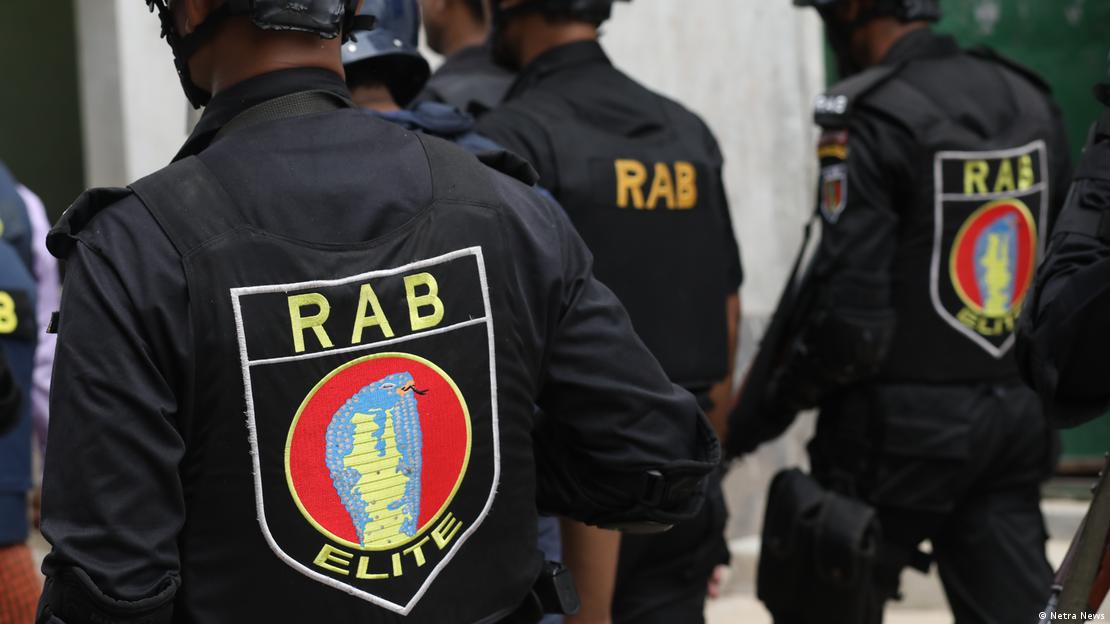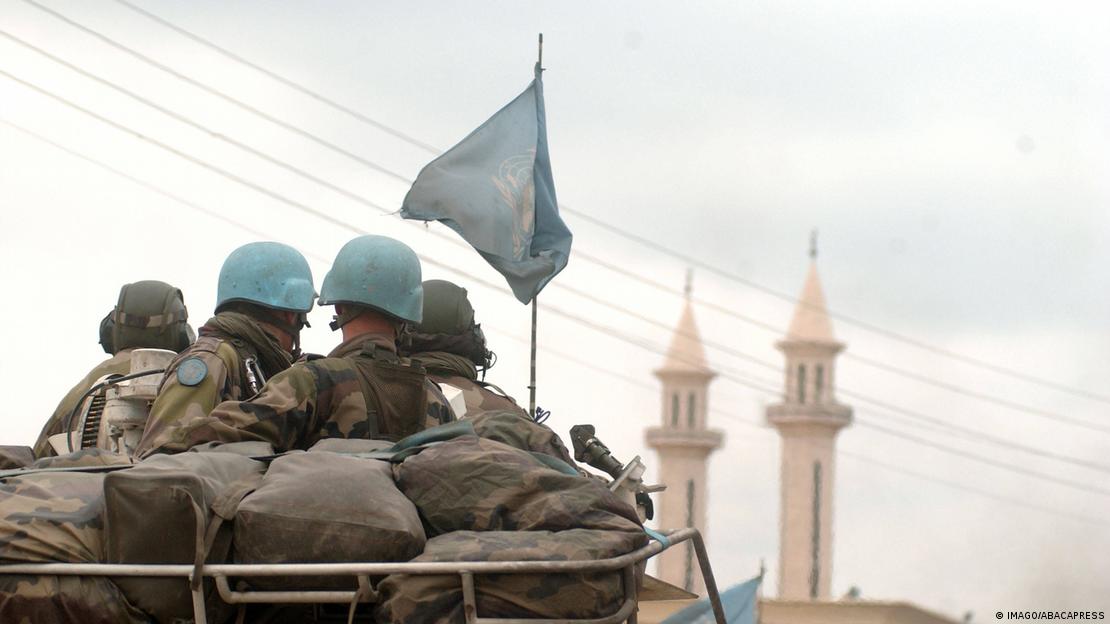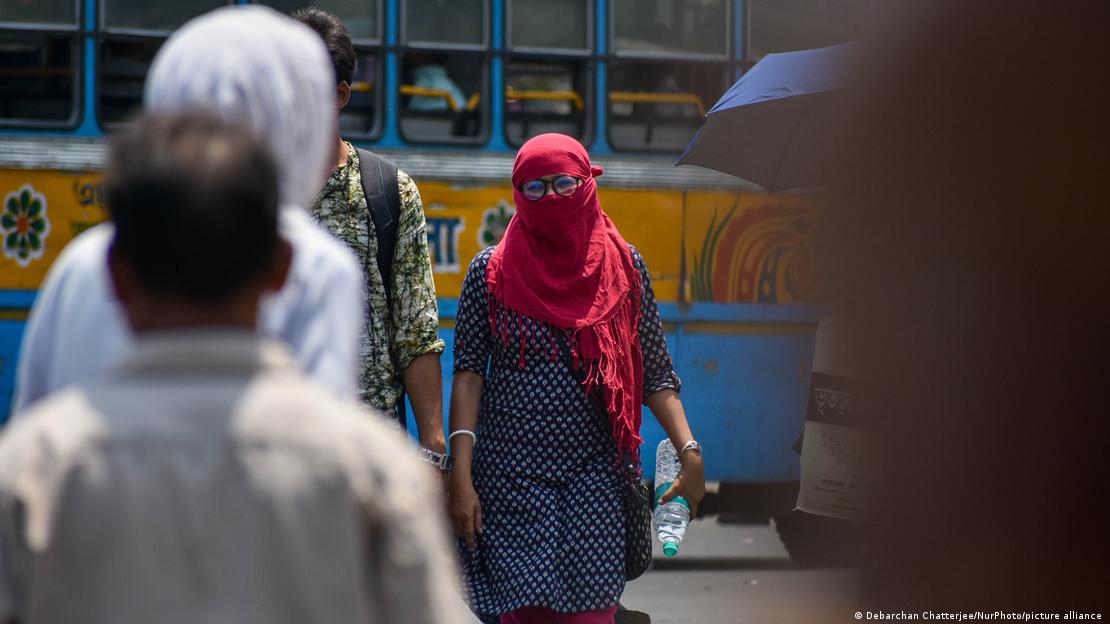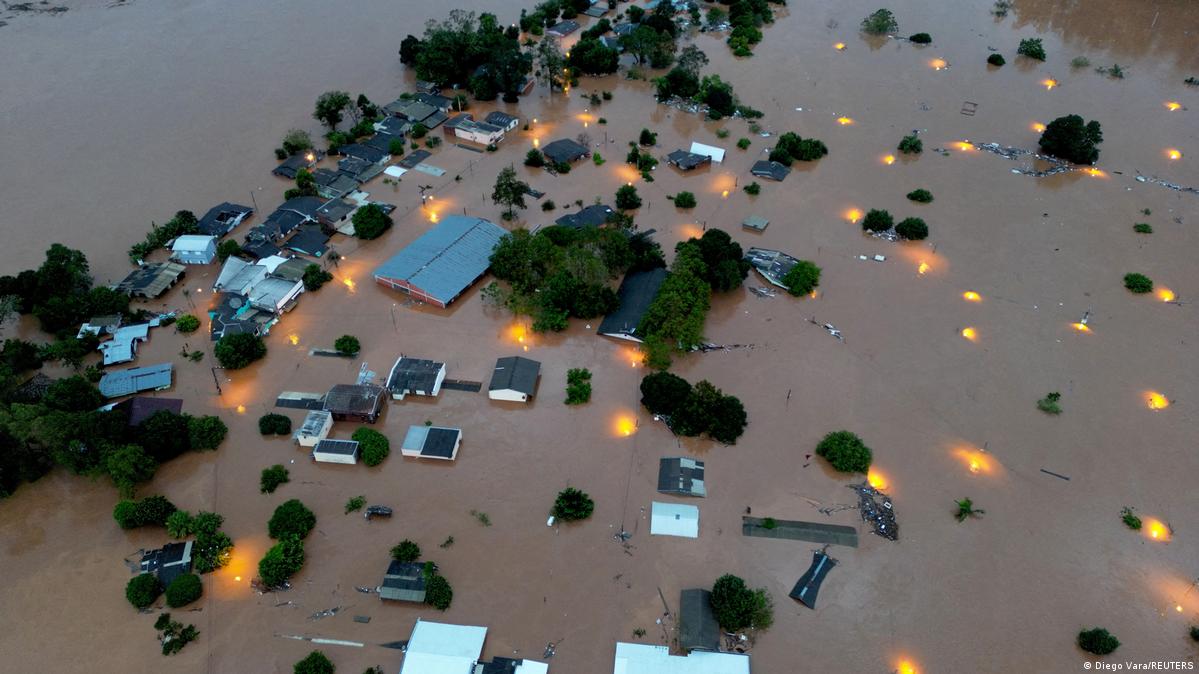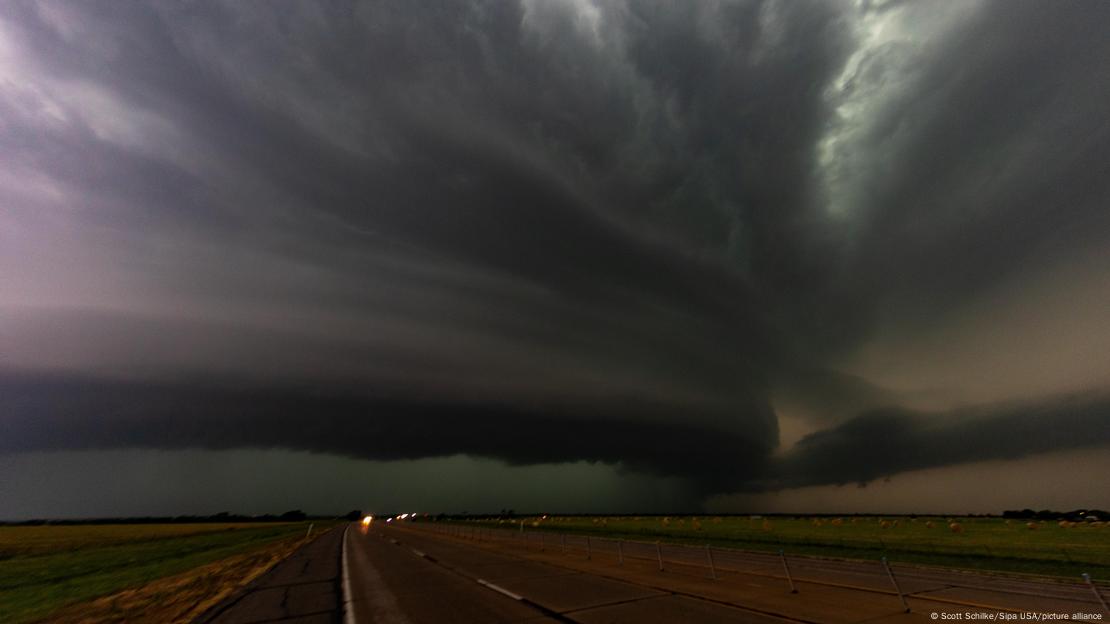Petrochemical company fined more than $30 million for 2019 explosions near Houston
Smoke from an explosion at the TPC Group plant is seen Wednesday, Nov. 27, 2019, in Port Neches, Texas. The Texas petrochemical company has pleaded guilty to a violation of the Clean Air Act and has agreed to pay more than $30 million related to two explosions in 2019 at their facility in Port Neches, which caused the evacuation of thousands and injured workers, the U.S. Justice Department said Tuesday, May 21, 2024.
(Marie D. De Jesús//Houston Chronicle via AP, File)
BEAUMONT, Texas (AP) — A Texas petrochemical company has pleaded guilty to a violation of the Clean Air Act and agreed to pay more than $30 million in connection with two explosions that injured workers and caused the evacuation of thousands, the U.S. Justice Department said Tuesday.
The explosions at a TPC Group plant in the coastal city of Port Neches the day before Thanksgiving 2019 prompted the evacuation of more than 50,000 people from the area, about 100 miles (160 kilometers) from Houston.
Those explosions released more than 11 million pounds of extremely hazardous substances and caused more than $130 million in offsite property damage and other impacts to human health and the environment, according to a news release from the DOJ.
“TPC Group sincerely regrets the damage and disruption caused by the November 2019 incident at our Port Neches facility,” the company said via a statement on Tuesday. “Since the event, TPC Group has cooperated fully with all federal, state, and local investigations.”
ADVERTISEMENT
The company entered into a plea deal with the government on Monday and agreed to pay over $30 million in criminal fines and civil penalties. The plan also includes spending about $80 million to improve its risk management program and improve safety issues at TPC Group’s Port Neches and Houston facilities.
“Today’s guilty plea shows that businesses that choose to place profits over safeguards and legal compliance will face serious consequences,” said U.S. Attorney Damien M. Diggs for the Eastern District of Texas.
, May 21, 2024
BEAUMONT, Texas (AP) — A Texas petrochemical company has pleaded guilty to a violation of the Clean Air Act and agreed to pay more than $30 million in connection with two explosions that injured workers and caused the evacuation of thousands, the U.S. Justice Department said Tuesday.
The explosions at a TPC Group plant in the coastal city of Port Neches the day before Thanksgiving 2019 prompted the evacuation of more than 50,000 people from the area, about 100 miles (160 kilometers) from Houston.
Those explosions released more than 11 million pounds of extremely hazardous substances and caused more than $130 million in offsite property damage and other impacts to human health and the environment, according to a news release from the DOJ.
“TPC Group sincerely regrets the damage and disruption caused by the November 2019 incident at our Port Neches facility,” the company said via a statement on Tuesday. “Since the event, TPC Group has cooperated fully with all federal, state, and local investigations.”
ADVERTISEMENT
The company entered into a plea deal with the government on Monday and agreed to pay over $30 million in criminal fines and civil penalties. The plan also includes spending about $80 million to improve its risk management program and improve safety issues at TPC Group’s Port Neches and Houston facilities.
“Today’s guilty plea shows that businesses that choose to place profits over safeguards and legal compliance will face serious consequences,” said U.S. Attorney Damien M. Diggs for the Eastern District of Texas.


